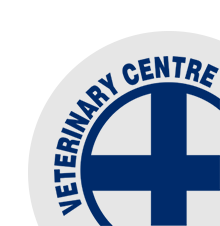Transition Management of Cows
/For many farmers when we say 'cow transition' they immediately think about the dietary change from crop to grass when the cows come home. In fact transition is a whole lot bigger than this.
In a matter of days between the period before and after calving, a cow's:
- energy requirements almost double
- she starts making milk
- about 30-40 grams of calcium are lost through the milk daily
- she has a greater demand for blood glucose, which requires a change in metabolism
To accomodate these changes well, the cows must:
- eat more
- increase the size of the intestines (absorptive area)
- increase the size of the liver (to meet demands of increased metabolism and drive appetite)
- increase the amount of mammary tissue
- mobilise bone calcium (70% of calcium in the colostrum comes from the skeleton!)
- increase dietary absorption of calcium through the gut
- mobilise body tissues for extra energy (but not too much!)
When cows are transitioned poorly, they are :
- more prone to ketosis
- more prone to mastitis
- more prone to milk fever
- more prone to metritis
- will not peak as high or as early in milk production
- lose more weight post-calving
- have a poorer reproductive performance
So to get optimal results from a cow this season, she needs to reach a BCS of 5.0-5.5 by 3-4 weeks before she calves, ideally be on a slight negative energy balance during the last 3-4 weeks of gestation (this will pre-condition the liver to the post calving demands), have increased feed quality over the last few days before she calves (as voluntary dry matter intakes tend to drop), be supplemented with magnesium for at least 3-4 weeks before she calves, be on at least 70% of the post-calving diet for 7-10 days before she calves and finally be offered high quality and ab-lib feeding immediately after calving.
By definition, the transition period in a cow is the period between 3 weeks pre-calve and 3 weeks post-calve. Look after them well over this time - it will make the difference between an okay season and a great one.






